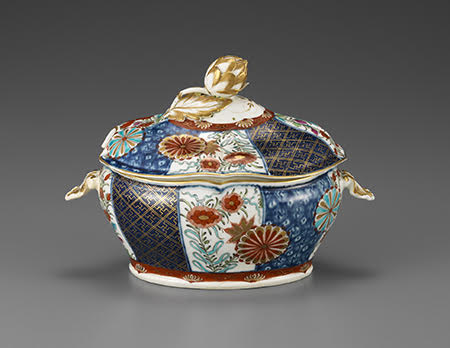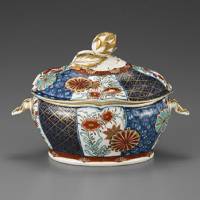Jan. 12- March 25
Iro-e, colorful overglazed enamel ceramics, became particularly popular during the Edo Period (1603-1868) and were often made of porcelain in the styles of Kokutani, which adapted kosode (kimono-like garment) patterns; Kakiemon, involving delicate details of Chinese influence; and Nabeshima, which focused on Japanese aesthetics. They were also made by acclaimed Kyoto artisans such as Nonomura Ninsei and Ogata Kenzan. As expensive luxury items, iro-e goods were coveted by figures of the upper class such as lords, nobles, wealthy merchants, and Western royal families.
This exhibition explores the colorful world of iro-e through pots, plates, incense burners and tea utensils that not only shed light on Japanese design but also the global impact of Japanese culture on art.
Idemitsu Museum of Arts; Teigeki Bldg. 9F, 3-1-1 Marunouchi, Chiyoda-ku, Tokyo. Yurakucho Stn. 10 a.m.-5 p.m. (Fri. till 7 p.m.). ¥1,000. Closed Mon. 03-5777-8600; www.idemitsu-museum.or.jp/en




